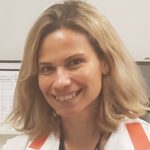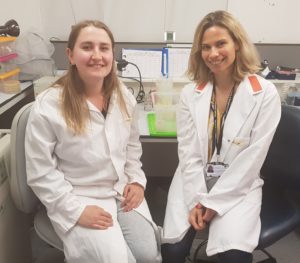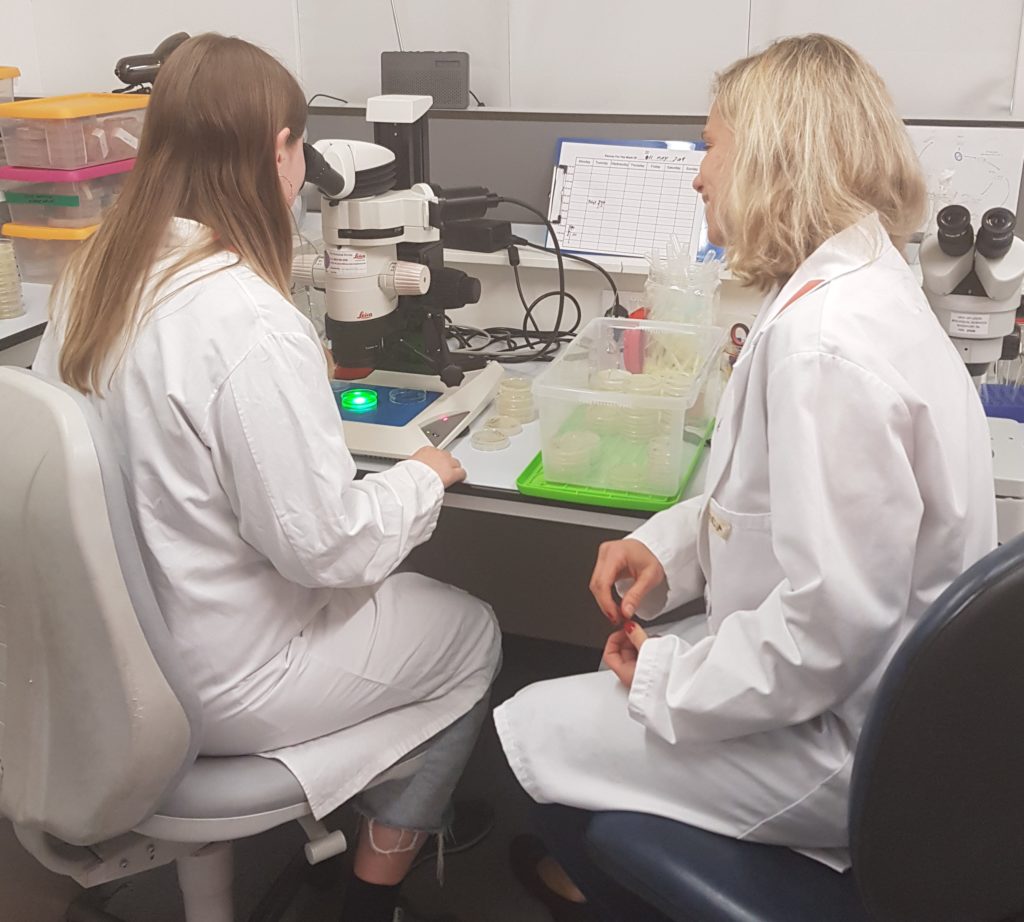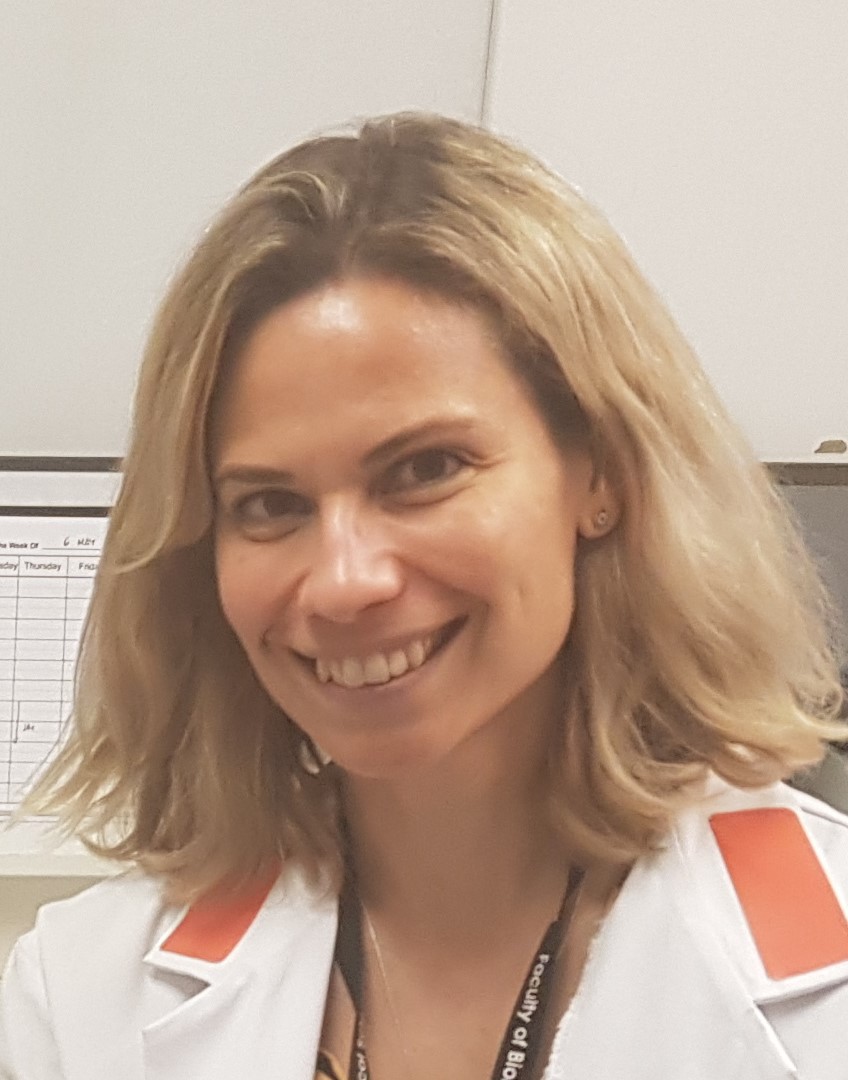
Dr Patricija van Oosten-Hawle
Biography
I always wanted to become a scientist, from observing microorganisms under the microscope to understanding molecular structures and how the cell works. This is why I studied Chemistry and Biochemistry at the University of Vienna, Austria before finishing my MSc degree work at the University of Bonn, Germany. This was followed by PhD studies at the VU University in Amsterdam in the laboratory of Prof. Saskia van der Vies and Dr. Marco Siderius, where I focussed on the interplay of the Hsp90 chaperone machinery in stress-responsive MAP kinase signalling pathways in yeast.

Research
In 2008, I joined the lab of Prof. Rick Morimoto at Northwestern University, USA, who is famous for his work on molecular chaperones and who coined the term “Proteostasis”.
There, I gained more expertise in cellular stress response mechanisms and chaperones and how they can be used to protect cells from aggregation-prone and proteotoxic disease proteins. But this time I used a multicellular model organism, the nematode C. elegans: a wiggling worm that can be used to model human diseases and understand molecular processes from a whole-animal perspective!
Using C. elegans, I discovered transcellular chaperone signalling (TCS) – a novel concept in biology that allows tissues to communicate stress with each other and upregulate protective chaperone expression via inter-cellular signalling. These studies resulted in a 2013 publication in Cell.
With my own lab and team at the University of Leeds, Faculty of Biological Sciences, I continue to investigate how intercellular signalling mechanisms coordinate chaperone expression across tissues to protect against protein aggregation and proteotoxicity associated with amyloid diseases. We are still taking advantage of the genetic powerhouse system C. elegans to model these diseases, but now we combine it with the strengths of the Astbury Centre in biochemistry, structural biology and Cryo-EM.
Supervision
Together with Sarah Good, a DTP student in the van Oosten-Hawle and Radford labs, we use C. elegans to investigate in vivo properties of different human amyloid disease proteins in a multicellular setting.
Prizes and Awards
In 2019, I was awarded the Ferrucio Ritossa Early Career Award by the Cell Stress & Chaperones Society International (CSSI) for my work on transcellular chaperone signalling (van Oosten-Hawle et al., Cell 2013; O’Brien et al., Cell Reports 2018).
Useful Links
- Learn more about Prof. Ferruccio Ritossa and his pioneering work on the discovery of the Heat Shock Response in 1962
- More information on CSSI and the Award
- More information on the van Oosten-Hawle lab.
- More information about our work at the Astbury Centre at the University of Leeds.
- More information about Sarah Good’s research.


